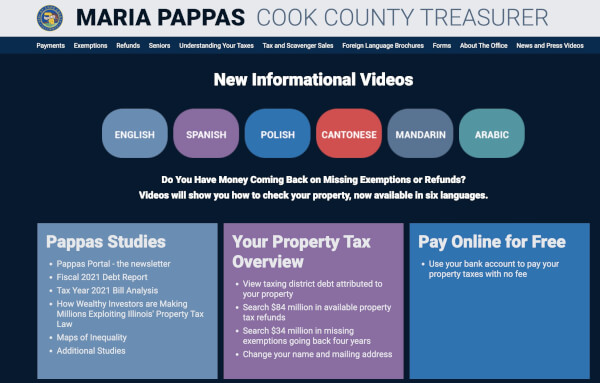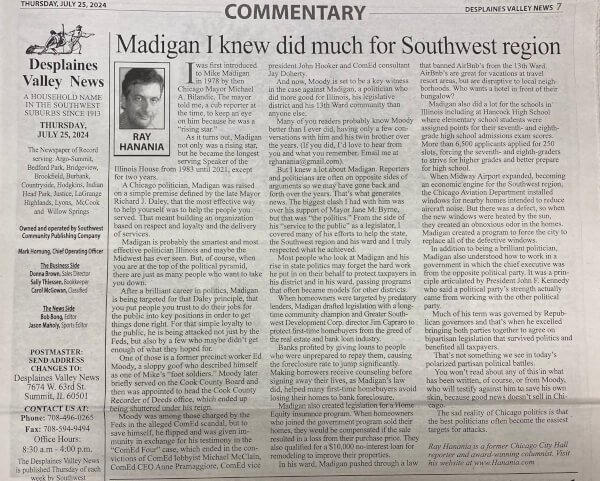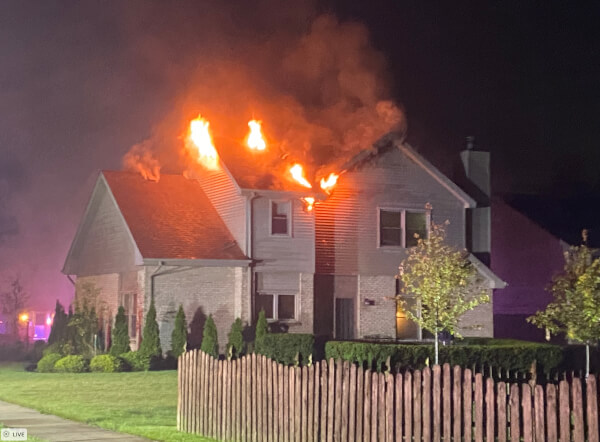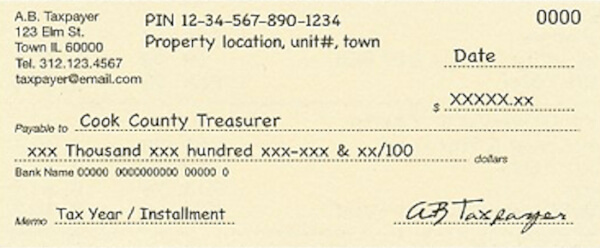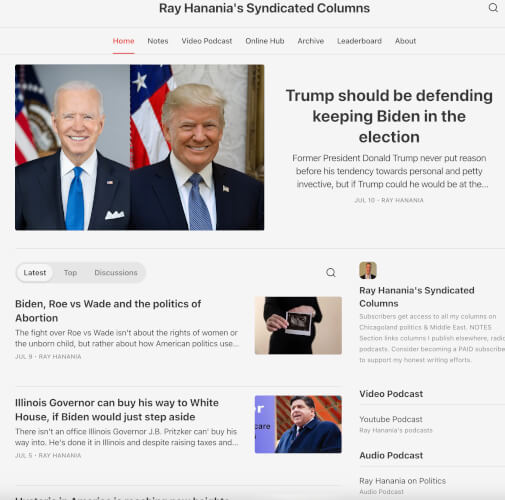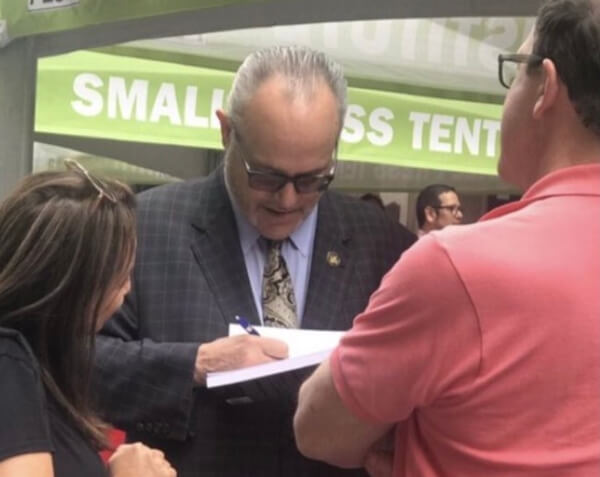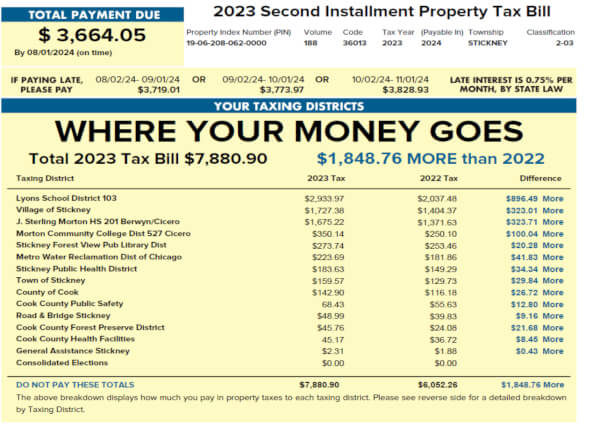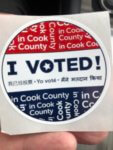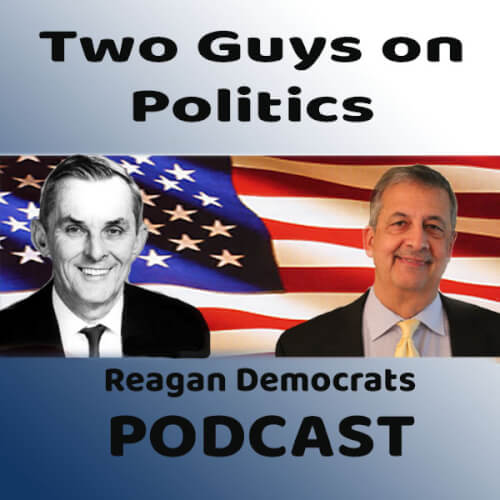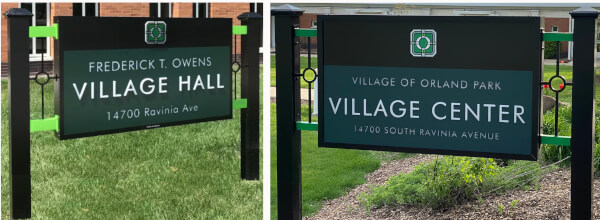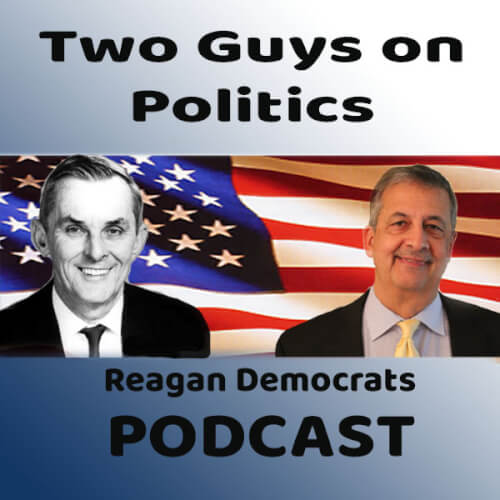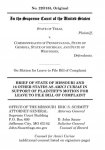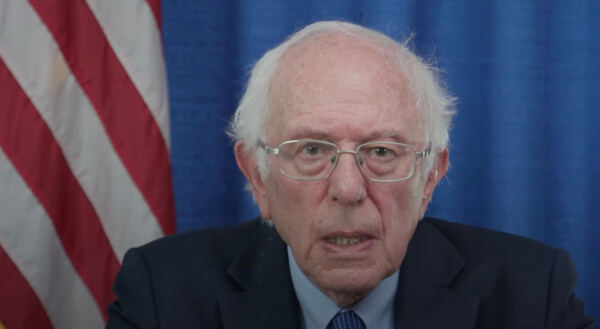Special Column: Voting Right or Voting Blight? Is anyone telling the truth?
Anyone who questions the November 2020 Presidential election vote is being banned by Social Media giants like Twitter and Facebook. But many questions remain unanswered that politicians don’t want you to consider. I blame Democrats for obfuscating the issues in order to ram through partisan laws that, when they fall short, are used to call critics “racist.” President Trump and the Republican Party have done a terrible job in conveying their message accurately and effectively, but I blame the mainstream news media, which is supposed to be objective, for twisting truth, ignoring obvious signs that something was wrong in the voting, and for not doing their jobs by having an open public discussion about it.
By Ray Hanania

It all comes down to simple math. But no one wants to approach the subject in that way.
Here are the facts about the November 2020 election.
There were 168.31 million Americans in November 2020 who were registered to vote, and 231.6 million Americans who qualified to vote. There were also an additional 20 million individuals who are non-citizens,according to the US Census.
In the November 3, 2020 Presidential election, President Trump received 74.2 million votes, and former Vice President Joe Biden received 81.3 million votes, or a total of 155.5 million votes cast in the election, according to Ballotpedia.
What does that mean? Do the math. It means that 92.4 percent of the registered voting population voted.
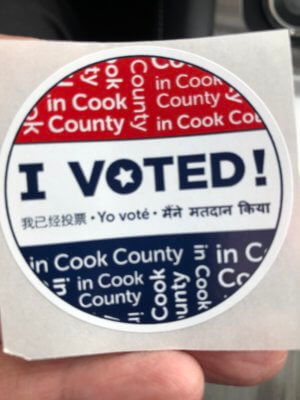
That number of 92.4 percent turnout is one of the most amazing numbers I have ever seen in 45 years of covering American elections.
It is unheard of. And pardon me if I am skeptical considering that in most elections I have covered, turnout of registered voters ranged between 40 percent and 60 percent. But there is a new argument being made today and it is the foundation of the movement to pass a new “Voting Rights Act.”
That argument is simple. They don’t want us to use the total number of “registered voters” any more to determine turnout. They want to use the total number of Americans who are 18 years of age or older and, therefore, qualified to vote in their analysis comparison.
When you use that number, the voter turnout is calculated at only 67.1 percent which is a more “believable” and acceptable figure. The leftwing PEW Research Center uses that calculation to establish “turnout” in the 2016 elections (which was 56 percent when calculating using the larger total qualified voter base rather than just the registered voter base.)
So does the US Census, which concludes that “In 2020, 67% of all citizens age 18 and older reported voting, up 5 percentage points from 2016 (Figure 1).” It takes the spotlight off of the more unbelievable 92.4 percent actual turnout.
What’s going on?
First of all the fact that 92.4 percent of registered voters went to the polls on Nov. 3, 2020 is startling and out-of-character. In the old days, before the mainstream news media was coopted by political activists instead of real journalists, the media would have raised red flags and even expressed concerns of possible vote theft. There would have been an open and uncensored public debate and discussion.
Yes. Vote theft. Remember that phrase? It was common in nearly every past election. I’ve covered Chicago politics 45 years and “vote theft” was always a major concern we addressed. No one silenced us, even when a scion of the Left, John F. Kennedy, reportedly won the election in 1960 as a result of “vote theft” mainly in Chicago wards? Hundreds of other cases of “vote theft” have been brought to the courts and charges were filed against individuals accused of vote theft across the country.
But in November 2020, raising concerns about “vote theft” was treated like an act of sedition, and as an “insurrection.” Anyone who raised a concern was demonized — by the mainstream news media and then the partisan politicians — not only as being treasonous but as being criminal, too.
We couldn’t even have a debate about it. They wanted to shut it down. The news media attacked anyone who questioned the vote results, while Scial Media giants like Twitter and Facebook literally blocked people from questioning the vote returns and even banned them from using their service.
A quick Segue: The Left argues that Twitter and Facebook have a RIGHT to censor anything on their platforms, noting they are private corporations. And yet, they are given special protections by the U.S. Government under a very specific law passed 25 years ago: Section 230 of the Communications Decency Act. specifically because it is argued they can’t censor and therefore should not be held liable for what users post.
Section 230 basically says that Social Media like Facebook and Twitter should not be held responsible for Liable published by users on their sites because they should not be expected to control it.
And yet, social media sites like Facebook and Twitter do in fact control posts, censoring those they dislike and promoting those they like.
Social media can’t have it both ways, the power to censor users and a protection that says they can’t be held liable for what their users post. But they do because social media is viewed as an ally of the Left.
Back to “Voters Rights”
With Free Speech gerrymandered by the hypocrisies of the mainstream news media, and by the bullying of politicians on the Left who call anyone who tries to challenge the election or their claims to be “racist,” the corrupted argument now becomes the foundation for a move to change the voting system.
None of the advocates of the new 2020 Voting Rights Act explain the true consequences of their law. Instead, they put it all in the context of “civil rights.” If you challenge the new Voting Rights Act, you are a “racist.”
They have even encased the issue in a civil rights teflon shield, calling it “The John Lewis Voting Rights Advancement Act,” which honors the late Georgia Congressman and Civil Rights activist John Lewis.
Attacking the Voting Rights Advancement Act in essence makes you a — surprise, surprise — “racist.”
The original Voting Rights Act was adopted in 1965 to protect the rights of minorities, mainly African Americans, who were being bullied and threatened in order to prevent them from exercising their right to vote. We often are told that happened in the Southern, Conservative States, but it also happened in the Northern, Liberal States, too. The mainstream news media was based mainly in the Northern States and didn’t want to lose their advertising revenues, so they showcased racism from the South and marginalized racism in the North, except in certain circumstances where it benefited their politics.
In the new drive to update the 1965 law, the primary focus really goes beyond civil rights and racism. It really is about making it easy for anyone to vote at nearly anytime and without having to show an identification or to verify who they are. That makes it easier for regions where large non-citizen populations exist for them to vote, too.
So far, 15 states and D.C. do not require voters to show an ID when they vote. Not surprisingly, almost all of those states are predominantly Democratic majority and liberal states with large minority populations. (See the chart below)
Here’s some data:
Get more info at Voter ID Laws.
In these 15 states, and D.C., voters can cast a ballot in person on Election Day without showing an ID document. These states have “non-documentary” ID requirements, meaning voters must verify their identity in other ways, such as by signing an affidavit or a poll book, or by providing personal information like utility bills making it too easy to lie.
Here are the 15 States that don’t require an ID:
| State | Voters must: | Elections officials must: |
|---|---|---|
| California (Cal. Election Code §14216 ) |
State name and address Write name and address in poll book |
Announce name and address Confirm the voter is on the registration list |
| District of Columbia (D.C. Code Ann. §1-1001.07) |
Sign the poll book | None |
| Illinois (Ill. Rev. Stat. Ch. 10.5, §4-22, 5-29, 6-66, 17-9) |
Sign an affidavit of eligibility Provide name, and if requested, address |
Announce name, and if requested, address Confirm the voter is on the registration list |
| Maine (Me. Rev. Stat. Ann. Tit. 21A, §9-2-3-671) |
State name, and if requested, address | Announce name |
| Maryland (Md. Election Code Ann. §10-310) |
State month and date of birth (and address under certain circumstances) | Check voter information against the registration list |
| Massachusetts (Mass. Gen. Laws Ann., Title VIII, Chapter 54, §76) |
Provide name, and if requested, address | Announce name Confirm the voter is on the registration list |
| Minnesota (Minn. Stat. §204C.10 (a)) |
Sign an affidavit of eligibility If requested, provide name, address and date of birth |
Optional: check voter information |
| Nebraska (Neb. Rev. Stat. §32-913) |
Sign the poll book | None |
| Nevada (Nev. Rev. Stat. §293.277) |
Sign the poll book | Compare the signature to signature on file, or on a form of identification |
| New Jersey (N.J. Rev. Stat. §19:15-17(a)) |
Provide signature | Compare the signature to signature on file |
| New Mexico (N.M. Stat. Ann. §1-1-24, 1-12-7.1, 1-12-10, and 1-12-4.1) |
State name and address After providing identification (which can be a written or verbal confirmation of name, address and date of birth), sign the poll bookNote: the request for identification is suspended if lines are longer than 45 minutes |
Announce name Confirm the voter is on the registration list |
| New York (N.Y. Election Law §8-304) |
Sign the poll book | Compare the signature to signature on file Compare the voter’s physical appearance with information on record |
| North Carolina (§ 163‑166.7) |
State current name and residential address (and party affiliation in a primary election) Sign the voting record, poll book, or voter authorization document |
State whether the voter is registered to vote in that precinct |
| Oregon* (Or. Rev. Stat. §254.470 (6) and (8-9)) |
Sign the envelope in which the ballot is returned | Compare signature to signature on file |
| Pennsylvania (Penn. Elect. Code §1.3.1210) |
Sign an affidavit of eligibility Provide address (except under certain circumstances) |
Announce name Compare signature against signature on file |
| Vermont (Vt. Stat. Ann. Tit.17, §2563, 2571) |
State name, and if requested, address Alternatively, provide documentation |
Confirm the voter is on the registration list |
| *Oregon conducts its elections almost exclusively by mail but offers voters the option of voting in person at county election offices. Ballots in Oregon, including ballots cast in person, must be accompanied by a return envelope signed by the voter. | ||
The point is the John Lewis Voting Rights Advancement Act has some good provisions, but it also has some terrible ideas that could easily allow anyone, including individuals who are not citizens, to vote. The concept of a secure vote — “one man, one vote” — goes out the window, not because of an implied gender issue (“man”) but because of the need for Democrat majority states to be able to squeeze out as many votes as possible from populations that might otherwise not be allowed to vote.
There was a time when people immigrated to America because they wanted to be American. My parents came here legally and embraced the American system of Democracy, although they certainly did not forget their heritage. Immigrants were “law-abiding,” a term that had no meaning in the countries from where they came. Law was meaningless in their countries of their origin.
Nowadays, however, there is a new priority. Anyone can come in to the. country and in any manner they wish. Who cares if they care about America or if they just want to take and not give, to receive and not contribute through hard work? In order to protect this “new system” in which the Rule of Law only applies when it suits a person’s political agenda, they have to adjust the voting rules.
The idea that we can loosen controls on the process of voting is an open invitation for potential voter fraud. Right now, vote fraud may benefit the Democrats. But what goes around eventually comes around.
Right now, anyone who wants to vote can vote. And ensuring their identity by requiring some form of identification should be mandatory.
But that’s not what the Voting Rights Advancement Act wants. The system they are pushing would make it hard to challenge an illegal vote or someone who is not qualified to vote, or who may have voted more than once without an ID. It will increase the problems and cause more confusion, which is exactly what some politicians want.
Who needs the filibuster when you have “racism?”
I wonder how many repressive foreign regimes are watching all this and realize the power of partisan political propaganda. All you have to do is give a law a kinder and gentler sounding name, disguise the purpose by attacking its critics as “racist,” and you can end up being far more repressive than they ever could have imagined.
I hope you will share this column with others. Who else has your voice? If you haven’t already subscribed to this column, or received this from a friend, you can subscribe for FREE by Clicking here.
( Ray Hanania is an award winning former Chicago City Hall reporter. A political analyst and CEO of Urban Strategies Group, Hanania’s opinion columns on mainstream issues are published in the Southwest News Newspaper Group in the Des Plaines Valley News, Southwest News-Herald, The Regional News, The Reporter Newspapers. His Middle East columns are published in the Arab News. For more information on Ray Hanania visit www.Hanania.com or email him at rghanania@gmail.com.)
SUBSCRIBE BELOW
PS … Follow me on Gettr the Uncensored Twitter. Gettr.com/user/rayhanania Fight back against #SocialMediaBigBrother

